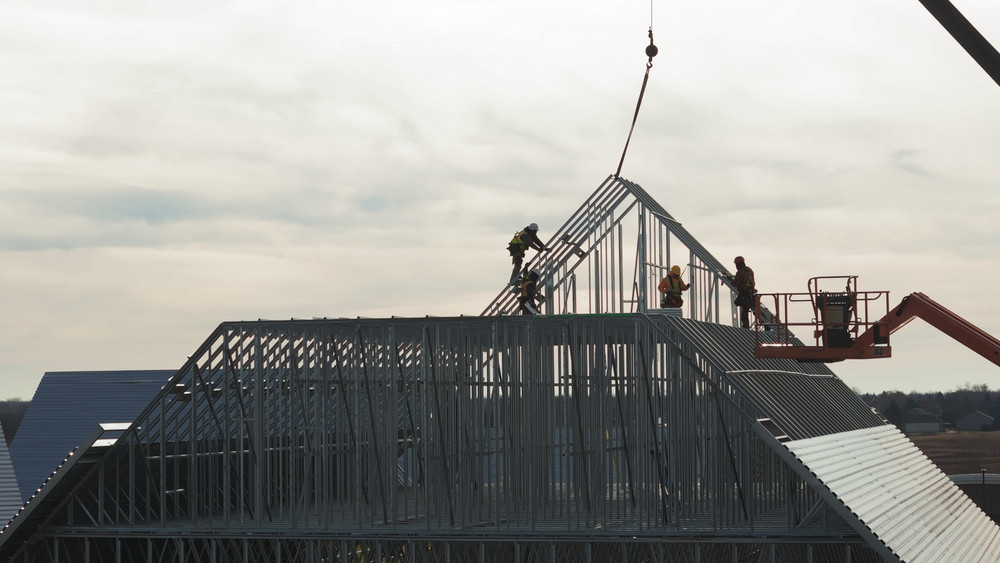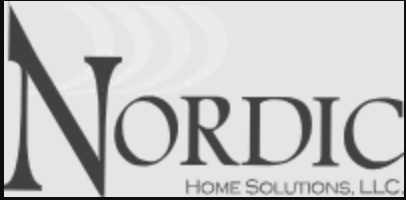Highlights
- Roof ventilation regulates attic temperatures, preventing heat buildup in summer and reducing strain on cooling systems.
- Proper insulation reduces heat loss in winter and minimizes heat gain in summer, creating consistent indoor comfort.
- Combining effective ventilation and insulation significantly lowers energy bills year-round.
- Poorly insulated and unventilated roofs can increase household energy costs by double digits.
- Upgraded roofing systems provide both savings and higher property value.
Energy bills remain one of the largest ongoing expenses for homeowners. While many focus on HVAC systems or smart thermostats, the roof itself plays a critical role in controlling energy costs. Roof ventilation and insulation directly influence how much energy a household uses for heating and cooling. Without adequate airflow or thermal barriers, attics become hotspots in summer and heat loss zones in winter. Understanding how these two components work together allows homeowners to save money, improve comfort, and extend the life of their roofing system. They are not optional features but core elements of an efficient, modern home. Effective upgrades in these areas also help reduce reliance on constant HVAC use, which lowers household wear and tear. Many families are surprised to learn how much of their energy waste originates above their ceilings. A well-designed roofing system acts as the first defense against climate extremes. Taking action early can prevent years of unnecessary spending.
Roof ventilation manages airflow in the attic. During hot summer days, attic temperatures can soar above 150°F without proper circulation. This heat seeps into living areas, forcing air conditioners to run longer. In winter, poor ventilation can trap moisture, causing ice dams and costly leaks. According to the U.S. Department of Energy, attic ventilation regulates temperatures, lowers cooling expenses in warm climates, and prevents structural damage in colder ones. In short, ventilation safeguards both the roof and the energy budget, helping households avoid expensive repairs and unnecessary energy loss. Good airflow also helps preserve shingles and roofing materials over time.
Insulation, by contrast, acts as a thermal barrier. It prevents conditioned air from escaping the home while limiting outside air infiltration. In summer, insulation slows heat transfer from the attic to living spaces. During winter, it keeps warm air inside, reducing furnace cycles. Proper insulation creates consistent comfort and reduces drafts. When paired with ventilation, it allows HVAC systems to operate efficiently without battling against extreme attic conditions or unnecessary energy waste. Homes that lack insulation often suffer from uneven temperatures between rooms, which can frustrate homeowners and force them to spend more on energy to stay comfortable. Over time, this imbalance increases both costs and wear on appliances.
Together, roof ventilation and insulation form a balanced system for efficiency. Ventilation prevents the attic from becoming an oven in summer or a moisture trap in winter. Insulation locks in the temperature your HVAC produces. This combination lowers energy use and extends equipment life. Pairing those upgrades with effective ventilation multiplies the benefits and trims utility bills even further, offering both immediate savings and greater comfort throughout the year. Families often notice improvements within the first billing cycle.
The financial impact of neglecting ventilation and insulation is significant. Energy bills can rise sharply when HVAC systems are overworked. This constant strain also shortens the lifespan of furnaces and air conditioners, leading to costly repairs or early replacements. For example, cooling systems running nonstop against attic heat lose efficiency faster. In many cases, the cost of installing insulation or improving airflow is far less than replacing prematurely worn-out HVAC equipment. Addressing attic airflow and insulation is therefore not just about comfort—it’s a long-term financial safeguard that reduces both monthly expenses and major equipment costs for homeowners. Smart upgrades today prevent higher expenses tomorrow.
Energy-efficient roofing systems also add to property value. Buyers increasingly consider efficiency when evaluating homes. An updated roof with proper ventilation and insulation signals that the homeowner invested in comfort and sustainability. In competitive markets, this can be a deciding factor for buyers seeking lower long-term operating costs. Sellers may even see homes sell faster when they can highlight energy savings as part of the property’s overall appeal. It demonstrates forward-thinking ownership and provides peace of mind to prospective buyers.
Different climates highlight different benefits. In hot, humid regions, ventilation reduces attic heat and lowers mold risk. Insulation still matters, preventing cooled air from escaping. In colder areas, insulation takes the lead by keeping warm air inside and preventing ice dams. Ventilation remains necessary to stop condensation and frost buildup. No matter the location, the combined system ensures homes stay comfortable without wasting energy, proving its universal importance. Even in moderate climates, the right balance of airflow and insulation contributes to year-round comfort and helps households stabilize unpredictable utility bills during changing seasons. This versatility makes the upgrades worthwhile for nearly every home.
Modern materials make these systems even more effective. Spray foam, rigid foam boards, and radiant barriers outperform older fiberglass insulation. For ventilation, ridge vents and solar-powered attic fans provide efficient airflow with minimal energy use. These upgrades maximize comfort while keeping installation costs within reach for most homeowners. With modern solutions, families don’t need to choose between comfort and efficiency—they can enjoy both with the right system in place. Innovation has made energy savings more accessible than ever.
Energy savings also bring environmental benefits. Using less energy for heating and cooling reduces greenhouse gas emissions, aligning with sustainability goals. Many municipalities and states even offer rebates or tax credits for households that improve insulation or install modern ventilation systems. These incentives further offset initial costs, making upgrades both financially practical and environmentally responsible. At a time when energy costs continue to rise and climate concerns remain high, combining insulation and ventilation upgrades provides one of the easiest ways for homeowners to reduce both their bills and their carbon footprint at the same time. Savings extend beyond finances—they support healthier communities too.
Maintenance is essential to preserve these benefits. Insulation can settle, degrade, or be damaged by pests, reducing effectiveness. Ventilation systems should be checked for blockages or wear. Professional inspections help homeowners identify issues early and maintain efficiency. Small problems like clogged soffit vents or compressed insulation can lead to higher energy bills if ignored. Preventive care ensures that the savings from ventilation and insulation last for years. Investing in inspections once or twice a year is far less expensive than waiting until significant damage occurs, making it a smart habit for proactive homeowners. Regular upkeep protects both comfort and long-term savings.
Roof ventilation and insulation directly affect household energy consumption and monthly bills. Ventilation regulates attic temperatures and controls moisture, while insulation prevents energy loss and stabilizes comfort. Together, they cut utility costs, protect HVAC systems, and raise property value. Homeowners who invest in these upgrades gain both immediate savings and long-term benefits. With energy costs on the rise, ensuring your roof has proper ventilation and insulation is one of the smartest steps toward a more efficient, comfortable, and valuable home. The balance of airflow and thermal protection delivers savings, sustainability, and peace of mind in every season. By taking action now, homeowners can enjoy lasting benefits that continue to pay off for decades. Ultimately, a well-designed roof system becomes a reliable safeguard for both household comfort and financial stability.





